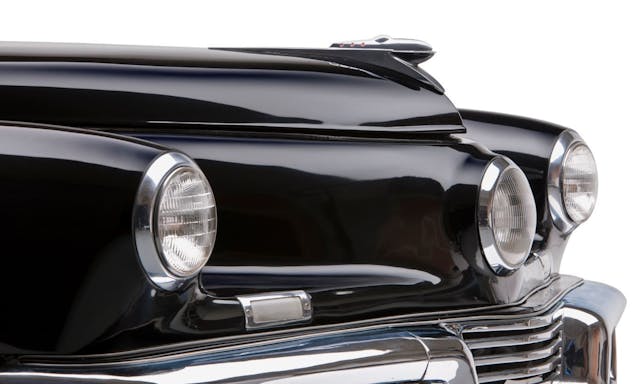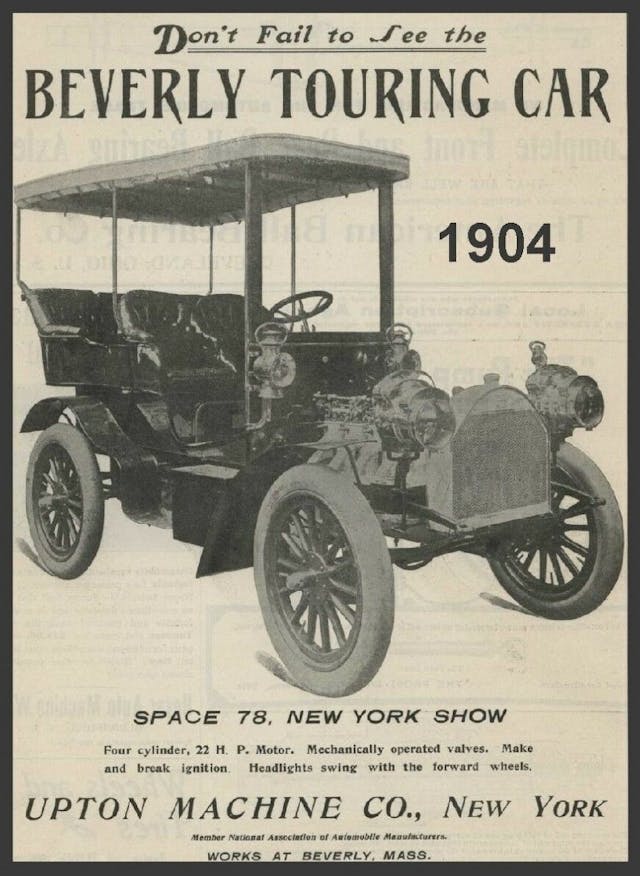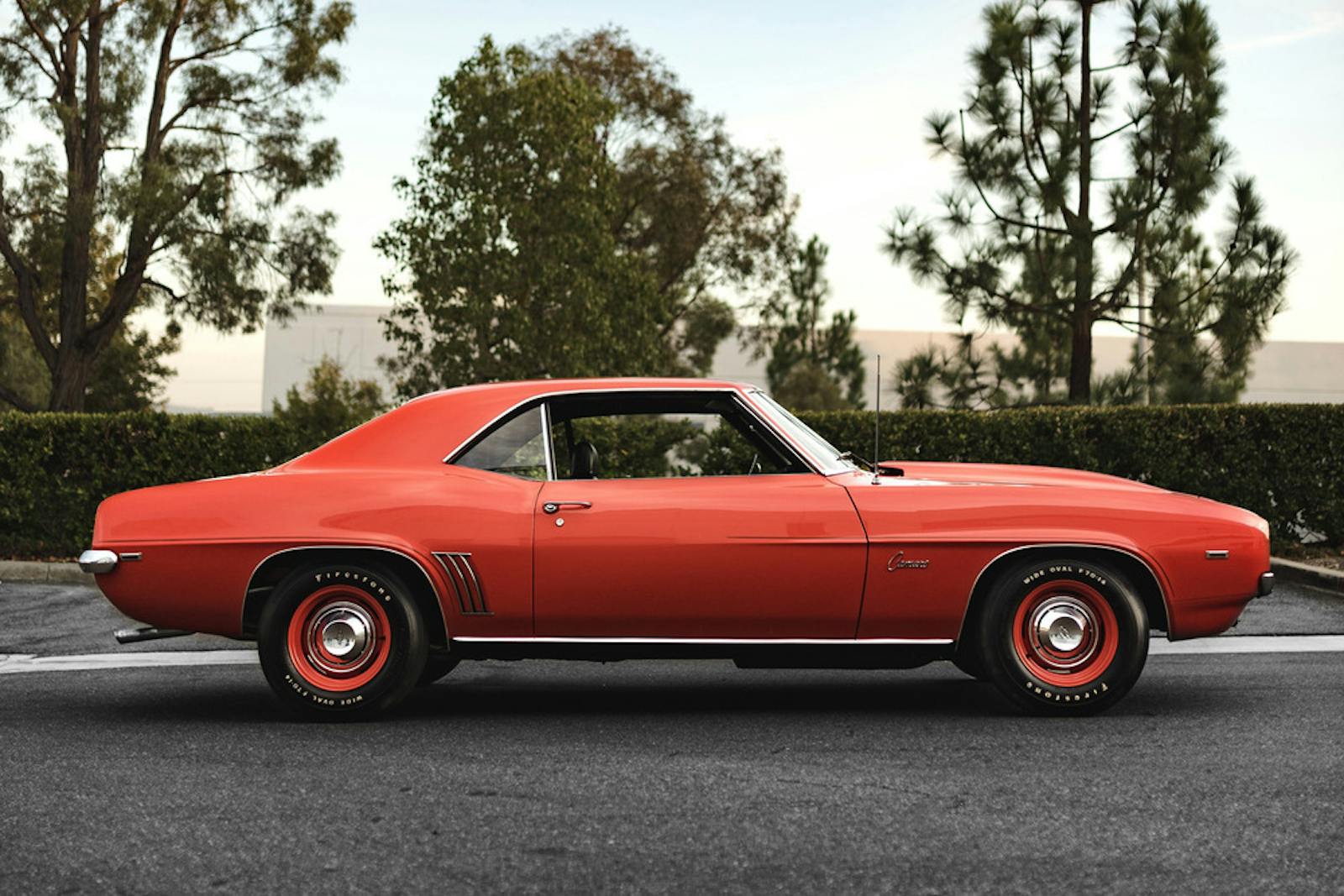Which “cutting edge” feature on the 1948 Tucker was actually 44 years old?

When Preston Tucker unveiled his legendary Tucker 48 sedan in 1948, it was heralded by many as revolutionary—an unconventional car that incorporated newfangled technological advancements and modern styling into an economical package. Among the Tucker’s cutting-edge features were a reinforced “safety cell” passenger compartment, a padded dash, a pop-out windshield, four-wheel disc brakes, and a “cyclops” center headlight that turned with the wheels.
Except that a headlight that turned with the wheels was hardly new. A small Massachusetts automaker offered the same feature on its car 44 years earlier. Meet the 1904 Beverly Touring Car.
The five-passenger vehicle created quite a stir when it debuted at the 1904 Boston Automobile Show. According to a story in Motor Magazine shortly after the event, the Beverly “was without doubt one of the prettiest and at the same time one of the most serviceable seen in the exhibition.”
The car, built by the Beverly Manufacturing Company, is often noted as a model produced by the Upton Motor Company, which is understandable considering what transpired in 1904. According to AmericanAutomobiles.com, an apparent disagreement among Upton company stockholders led its vice president and its general manager, Colcord Upton, to pull up stakes and move the company to Lebanon, Pennsylvania. Another group began building cars in the Beverly, Massachusetts, facility using a slightly different name. According to an advertisement for the 1904 New York Auto Show, it called itself the Upton Machine Company of New York, with “works at Beverly, Mass.” Confused? Us, too.

The Beverly automobile was produced from 1904–07. Colcord Upton built a similar model in Pennsylvania that also had the swivel headlights. Our best guess? Mr. Upton came up with the idea, but the headlight design was ultimately used by both automakers. Surprisingly, the feature that we find most notable about the Beverly warranted nothing more than a last-sentence mention by the writer who covered the 1904 Boston Auto Show.
“The Upton Machine Company has spent a great deal of time and energy in endeavoring to furnish a car which would prove first-class in every respect, and from the tests made and the results obtained, their efforts have proved successful,” wrote the Motor Magazine author. “It has an aluminum body and tonneau of the latest type, fitted with canopy top, side curtains, glass front, and has seating capacity for five persons. The running gear construction consists of a solid steel axle 1 3/4 inches in diameter; artillery type, made on their own hub pattern and cast in phosphor bronze.
“The frame is 3-inch channel steel, continuous cross braces of either channel or angle, riveted or bolted; the tires are 34 inches. The motor is vertical, water-cooled, four-cylinder, 22 hp. The crank shaft is of high-grade steel forging, and the connecting rods are crucible steel forgings. The cylinders are cast separately, bored and ground. The valves are mechanically operated, located one above the other and are easy of access. The ignition is of the make-and-break method operated by cams controlled by a lever on the steering wheel post. The transmission gear has two forward speeds and one reverse; owing to the control of the motor slow speed is required only in starting. There is tankage for gasoline for 200 miles. The wheelbase is 90 inches and tread 54 inches.
“One particular feature is the method of swinging the gas head-lights with the forward wheels so that the light is directly ahead at all times.”
Those swivel headlights were innovative technology in 1904. Unfortunately, we can’t find anything that explains exactly how they worked. What we do know is that more than four decades later, when Preston Tucker unveiled his “Car of the Future,” it featured a similar center-mounted swivel headlight that received the same “cutting-edge” designation—except that it wasn’t.
Judging by the scarcity of images on the internet, this Beverly has faded into obscurity. If you have a photo or additional information on these cars—or know of a real-life example—please drop us a note at tips@hagerty.com.

